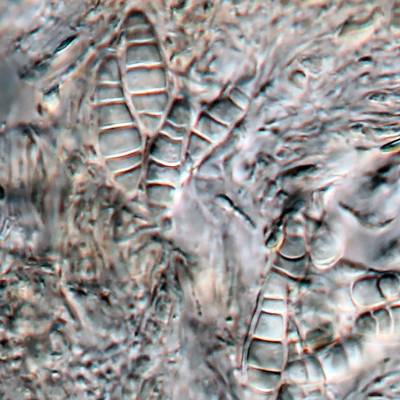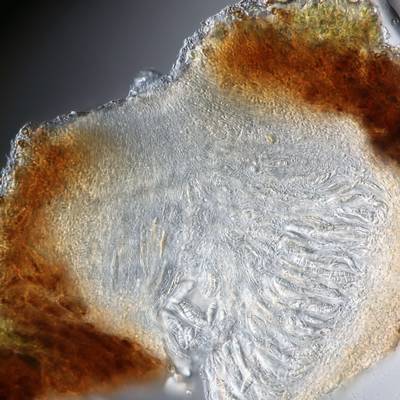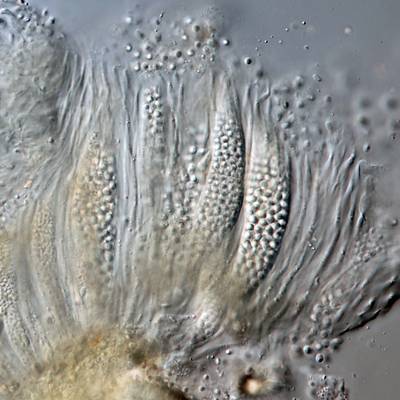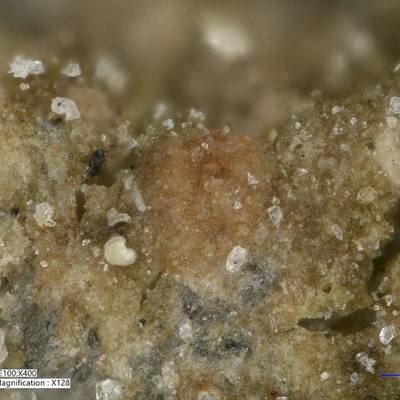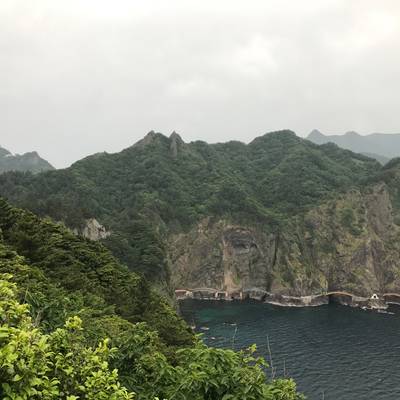Two new lichen species have been discovered in South Korea
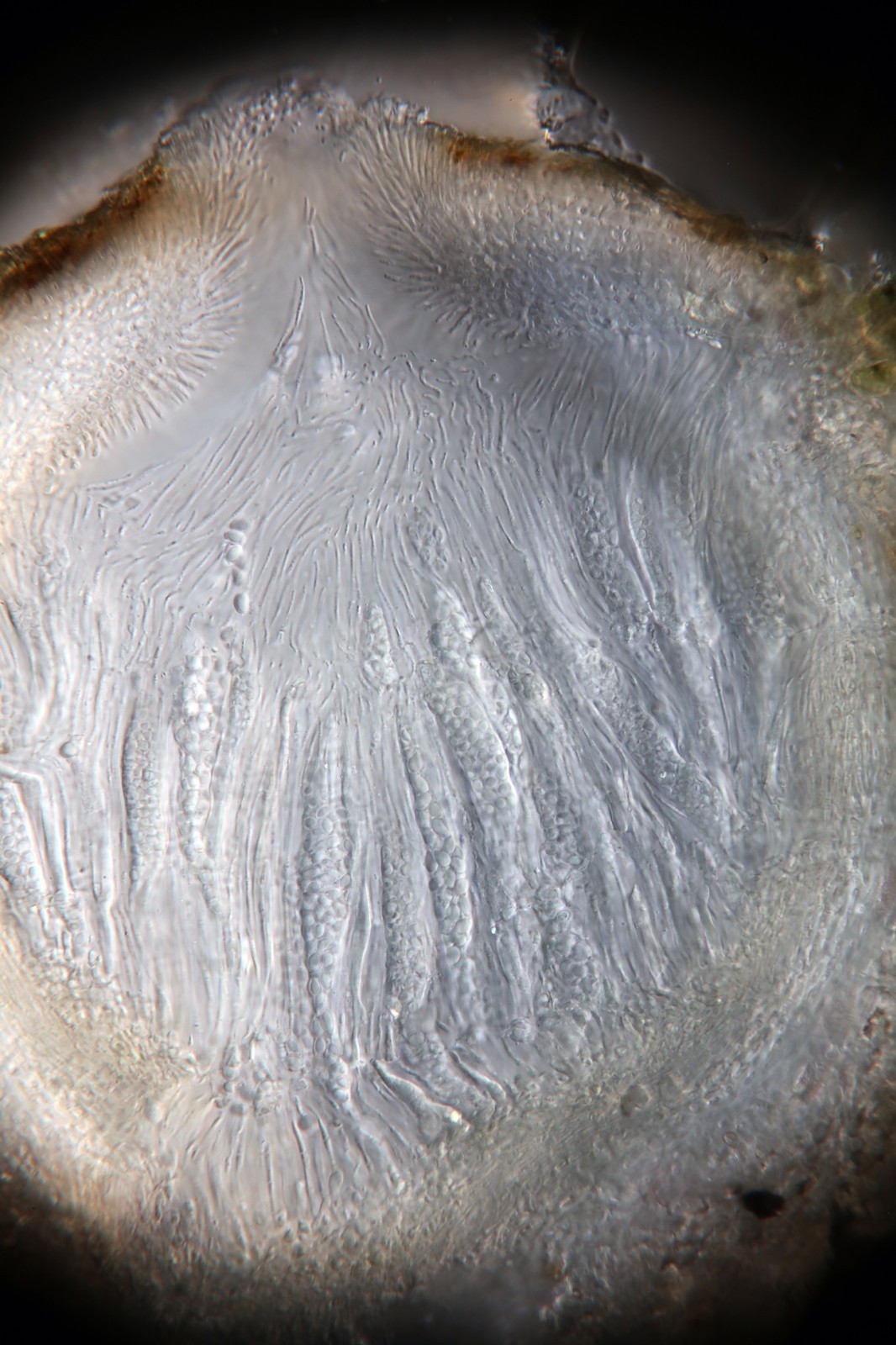
Author: Kristýna Vávrová
Together with his Korean colleagues, Josef Halda (Department of Biology, Faculty of Science, UHK) has discovered and described two micro-lichen species that are new to science.
The fabulous discovery was made thanks to a project aimed at mapping the lichen flora on islands off the south and east coasts of South Korea that not much is known about. “For scientists, it’s something like the Promised Land because it is a region that from a lichen point of view is unmapped, unlike Europe,” says Dr. Josef Halda.
“I was very glad that I could be a part of the team and so visit localities that are difficult to access. There are thousands of basalt islands of volcanic origin near the coast of Korea and the highest ones are remarkable zones displaying a wide range of vegetation,” explains Dr. Halda and adds that the actual collection of rock samples was no easy task either. State-of-the-art tools had to be used to remove them from the durable substrates.
The new lichen does not grow leaves. It is unique.
The first new species discovered belongs to the genus Thelopsis (Thelopsis ullungdoensis). It’s easy to recognise if you look closely at a cutting of the fruiting bodies, which are made up of large polysporic bags full of multi-cellular spores. Unlike Central European epiphytic representatives known to grow on old beech trunks, for example, the newly described micro-lichen grows on basalt rocks. Its unicellular spores and the structure of its fruiting bodies is what makes it different from other related species.
The second new species belongs to the genus Phylloblastia (Phylloblastia gyeongsangbukensis): “The other species of this genus have, so far, only been identified in the tropics, where they grow on the leaves of various non-deciduous trees. The new species grows on the outer bark of deciduous trees, which is unique,” notes Dr. Halda.
There are many ways how to determine whether a new species has been discovered: “And sometimes the simplest methods are the best. I used a magnifying glass and a microscope, because I study microscopic lichens. Their fruiting bodies are usually not bigger than 1 mm,” says Dr. Halda. Then you compare additional microscopic features with other related species to make sure that the species you are handling really is a new one. “Professor Hur from the Sunchon National University accompanied us to many sites. He is an expert in East Asian lichen flora. Professor Hur is the author of many descriptions of new species of lichens and together we discussed the new descriptions. We have to a certain extent been lucky, because the lichens we described belong to genera that do not count all that many species.”
South Korea is home to more mysteries. Research could take years.
Political aspects also played a role. Tradition has it that scientists hailing from South Korea and Japan are patriots and their relationships are projected into scientific competitiveness. These characteristics were reflected in the research itself: “For example, the islands of Dokdo, Ulleungdo and Jeju lie near Japan. South Korea very much supports research in this area and appreciates the findings surrounding new species that are not yet known to Japan. And that is why it is a big responsibility to be a member of the team and one is constantly under pressure to have results.”
Why is the discovery of new lichen species so important? The lichen flora of Eurasia is currently relatively well known as much research has gone into it. Nonetheless, the new species discovered in East Asia constitute rare endemic species within a very small area.
Generally speaking, these new species can be looked upon as bio-indicators in a specific area and they occur in a particular habitat, which needs to be protected because it may represent a refugium for other rare species.
A high species diversity demonstrates the quality and the degree of conservation of the biotope and that is why the entire area needs to be protected. That goes for all of the areas visited in South Korea, as both the public and the authorities prioritise environmental protection. The scientific potential of East Asia is enormous and be it even a little possible, we would like to further our research with our team,” concludes Dr. Halda.
Section navigation: Department of Biology


